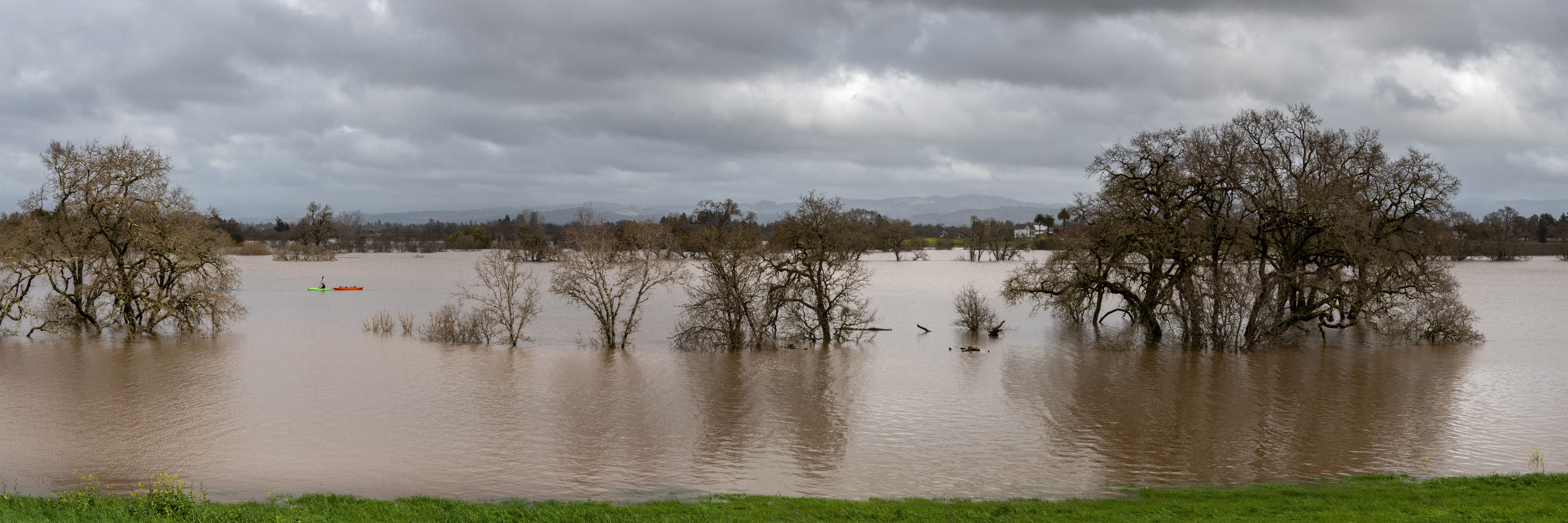
Tropical Rainfall Pattern Will Increase Rainfall Variability in Pacific Northwest
The tropical Madden-Julian Oscillation (MJO) rainfall pattern brings change to non-tropical parts of the United States.

The tropical Madden-Julian Oscillation (MJO) rainfall pattern brings change to non-tropical parts of the United States.
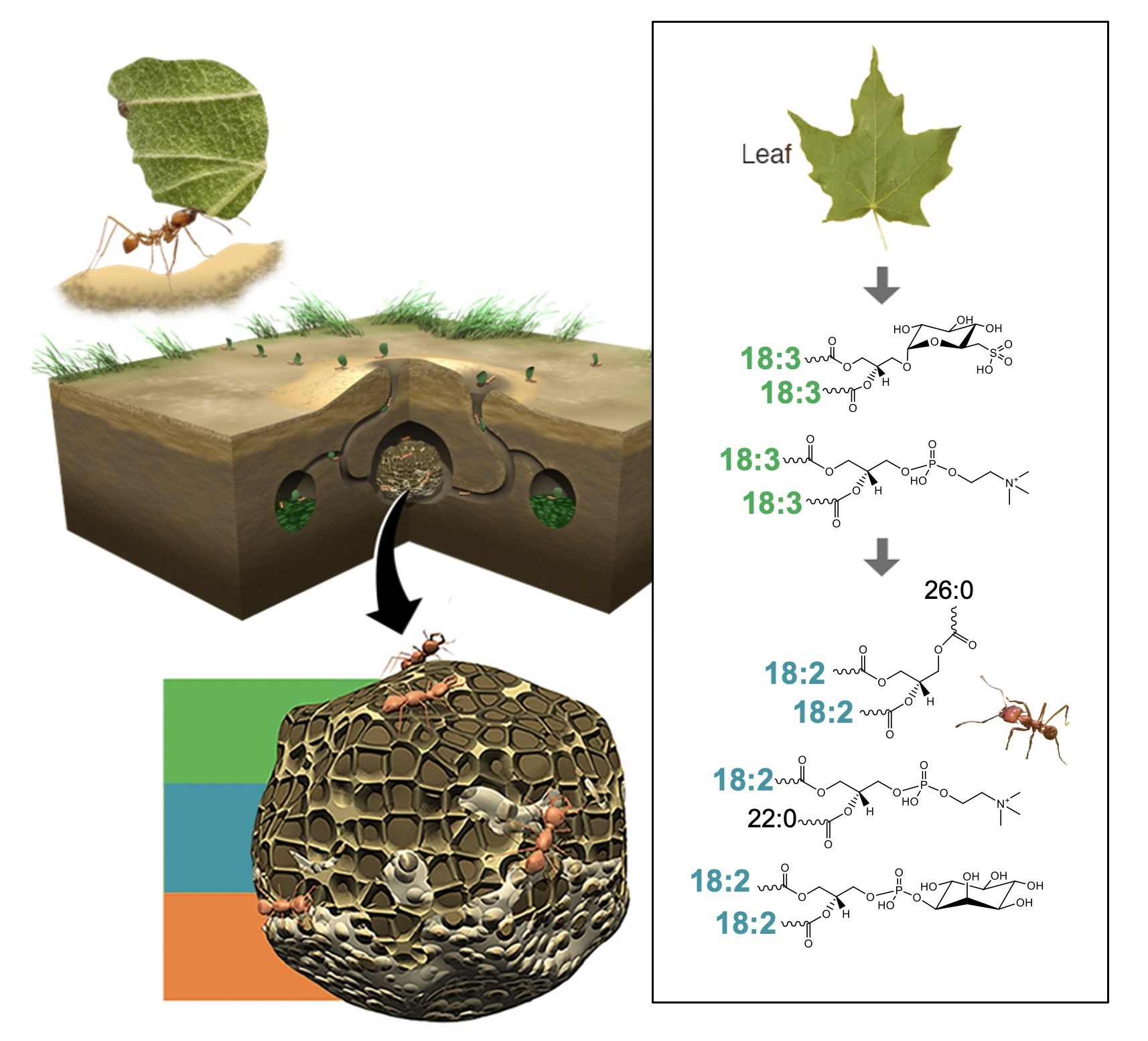
Lipids transfer energy and serve as an inter-kingdom communication tool in leaf-cutter ants’ fungal gardens.
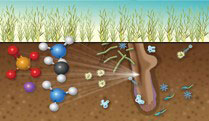
Scientists get a molecular look at how plants and bacteria interact, with insights for agriculture.

Two important factors help determine how much sunlight soot absorbs.

White-rot fungi use lignin from wood as a source of carbon.
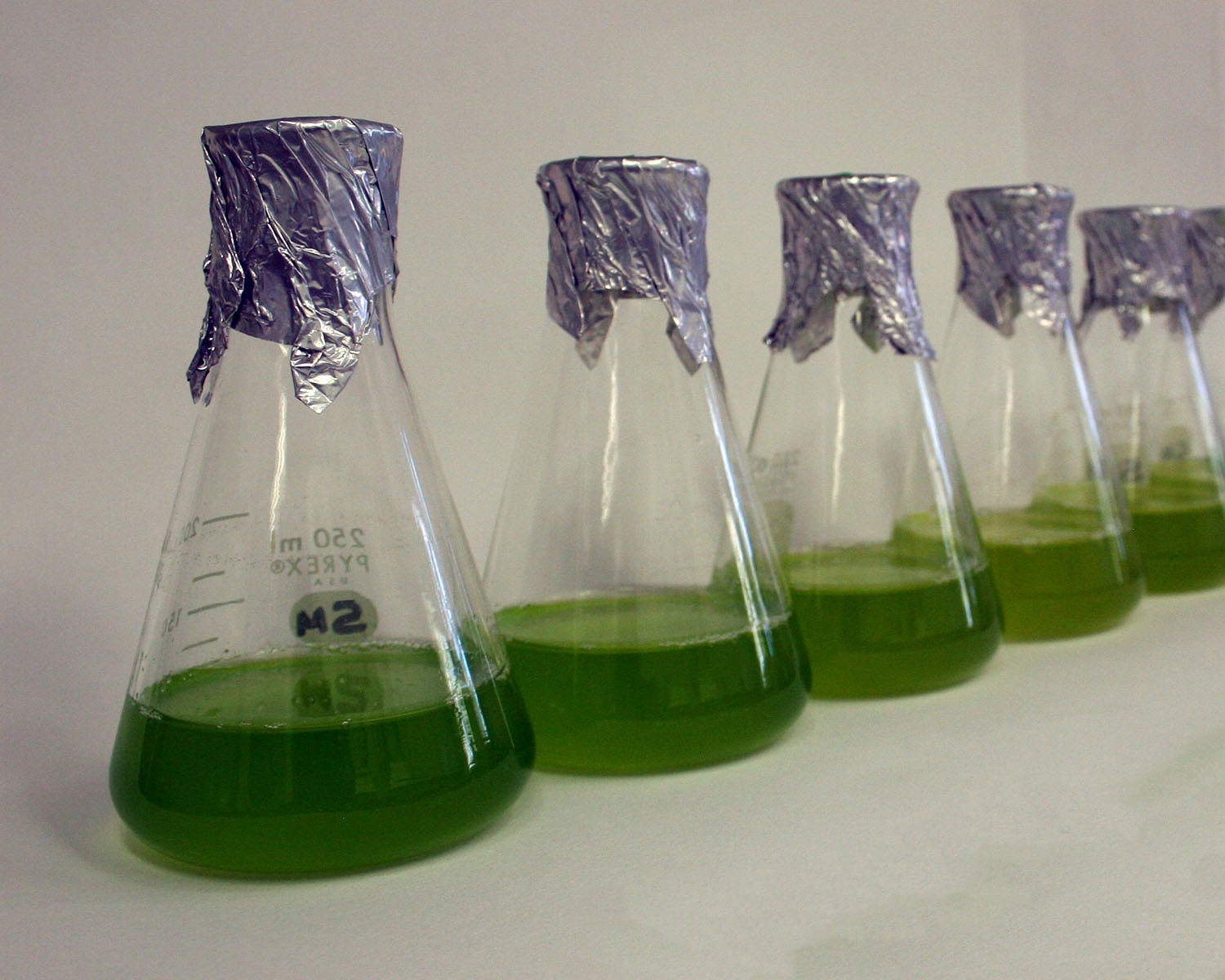
Transcription of adjacent genes into a single RNA molecule is widespread in green algae, challenging understanding of gene expression in eukaryotes.
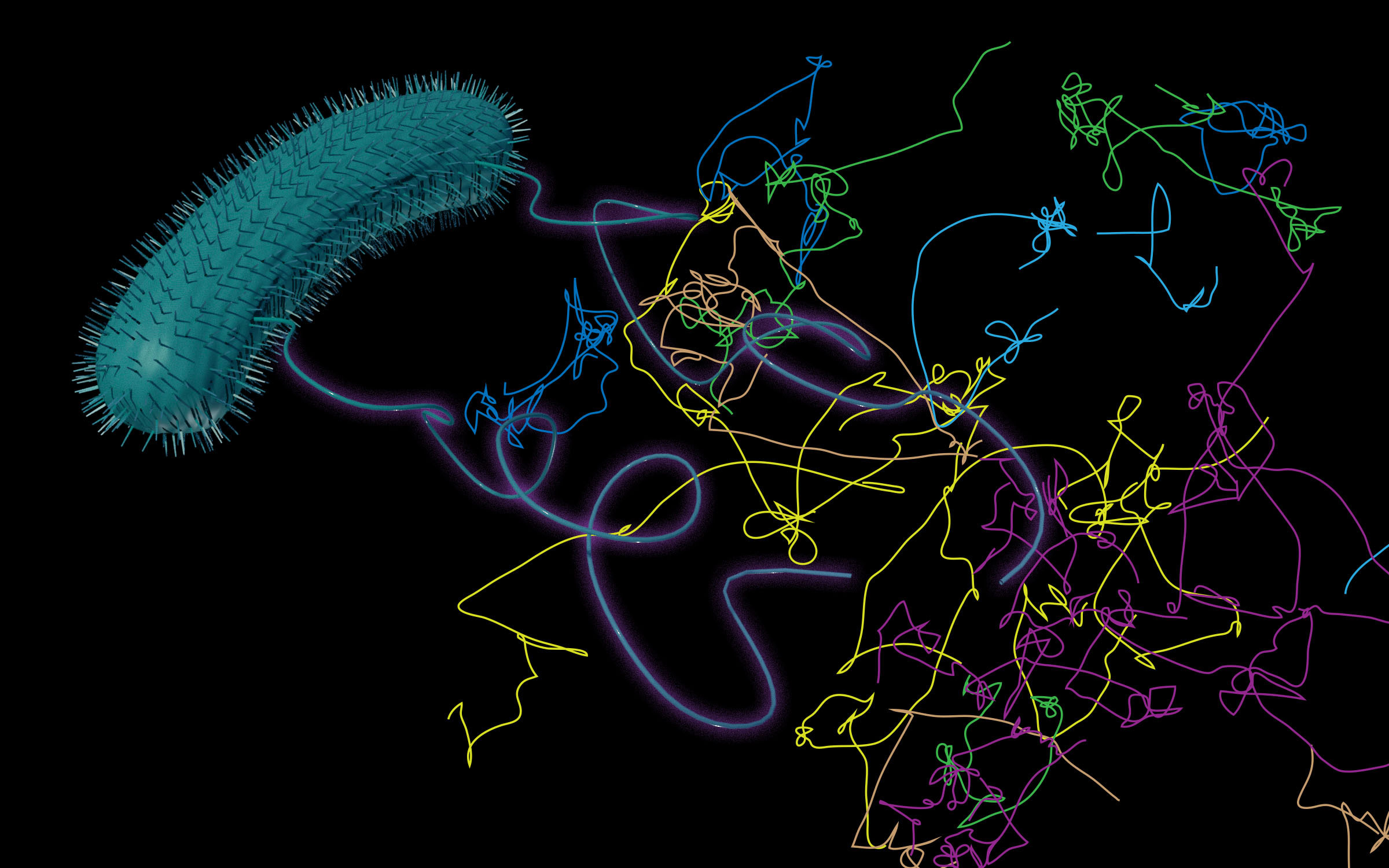
A new study seeks to improve reactive transport models by more accurately factoring in how bacteria move in groundwater.
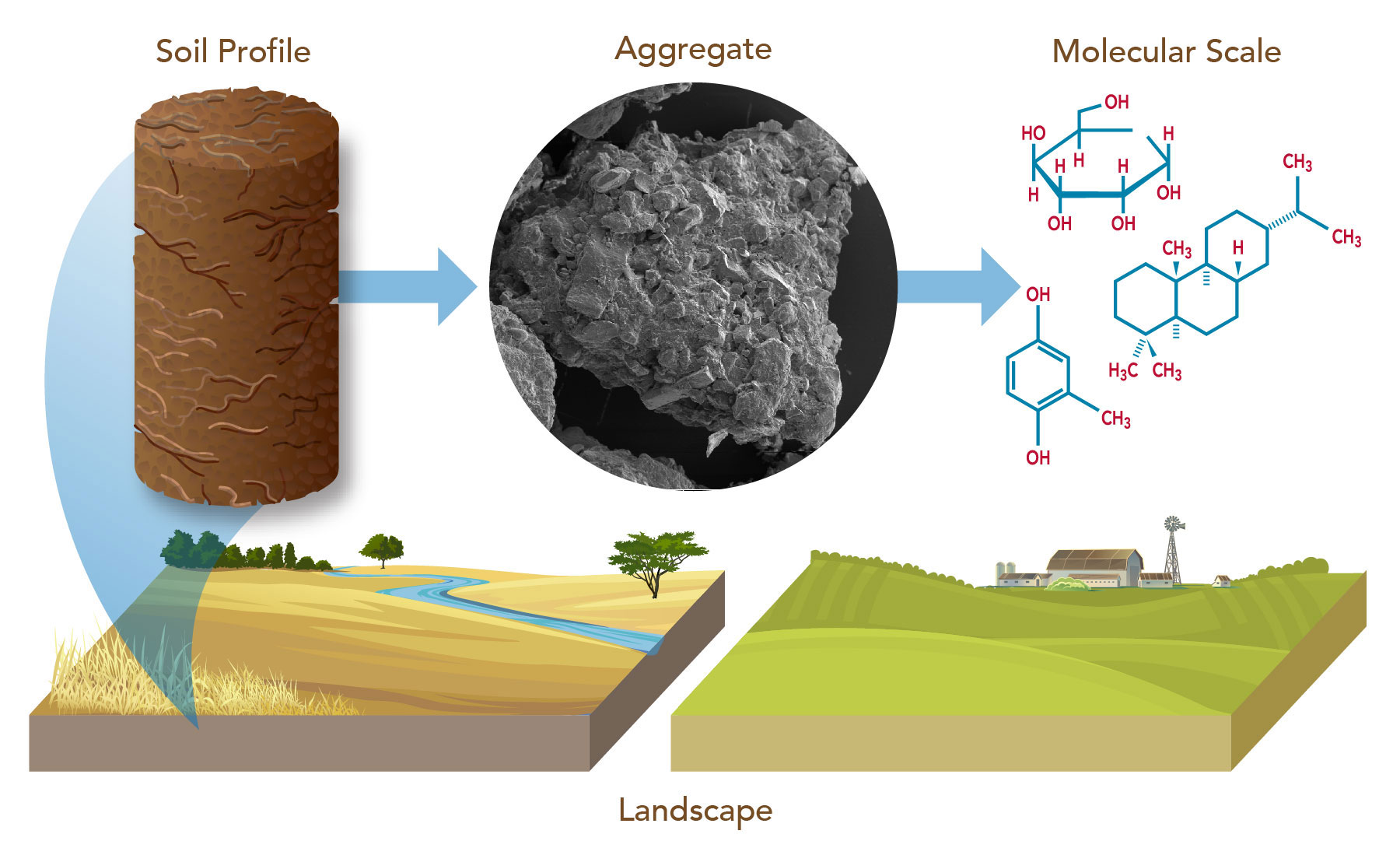
Microbiome and soil chemistry at long-term bioenergy research sites challenge the idea that switchgrass increases carbon accrual in surface soils on marginal lands.

To help researchers examine important cloud processes, a DOE user facility activity combines high-resolution simulations with real-world observations
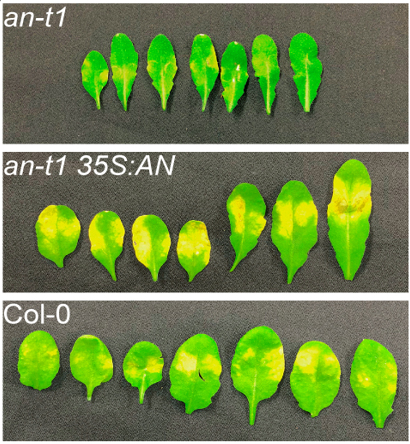
Elucidating the plant’s ability to tweak its defense response to specific pathogens.
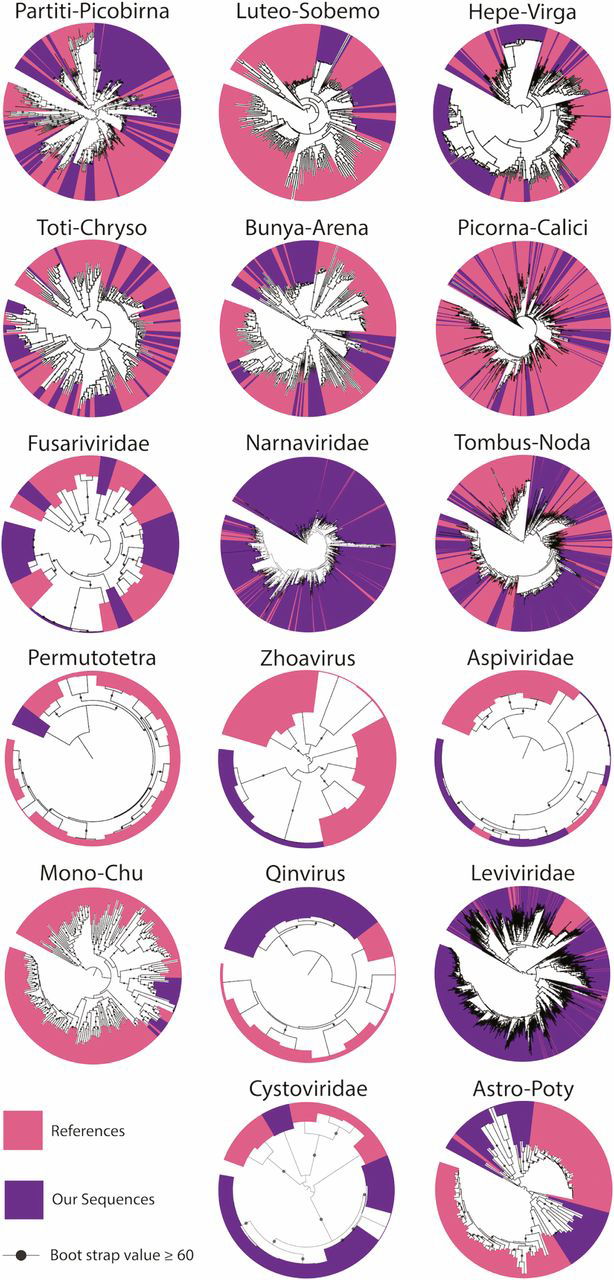
Soils contain a large diversity of unknown RNA viruses that infect fungi and possibly plants and animals.

Scientists develop a new tool to find viruses in complex genomic data sets